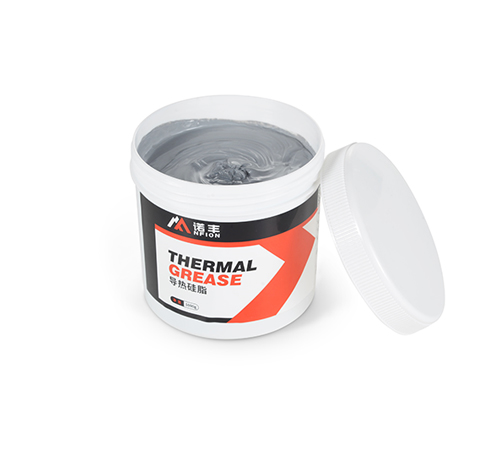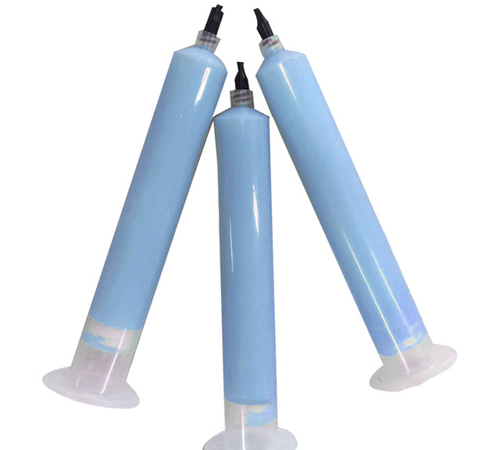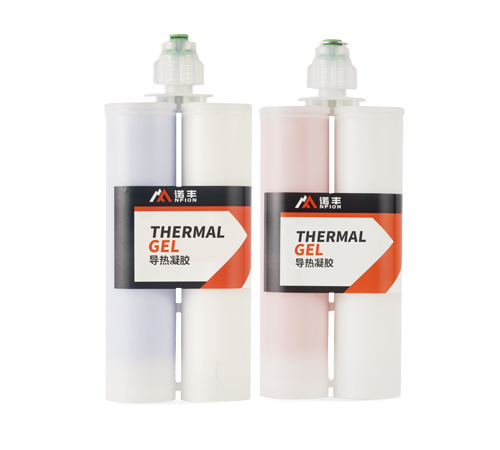In modern electronic devices, thermal management is one of the key factors in ensuring performance and stability. This is especially critical in high-power applications, where temperature control becomes even more important. High-power Silicon Controlled Rectifiers (SCRs), widely used in the power electronics field, have a particularly significant heat generation issue. Many users, when installing or operating these devices, often wonder whether applying thermal grease is necessary. What exactly does thermal grease do? Is its application essential for high-power SCRs? NFION Thermal will delve into this topic, providing a detailed argument and analysis.
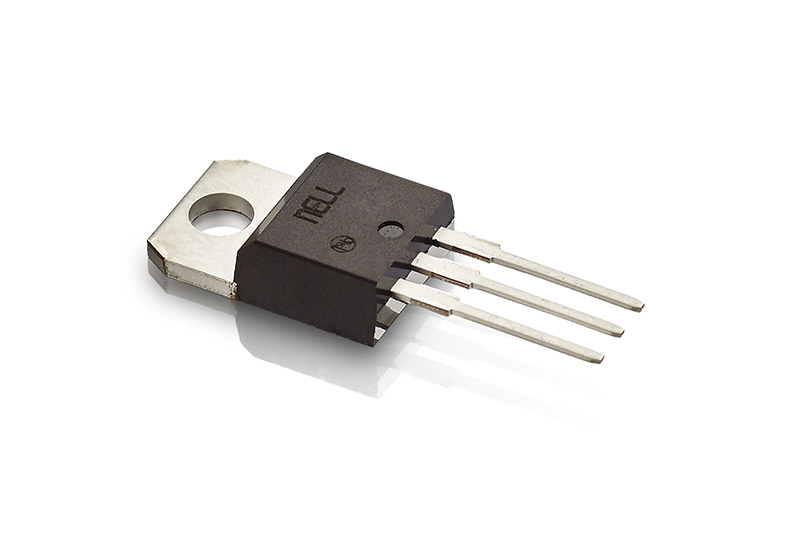
Thermal Management Needs of High-Power SCRs
Working Principle of High-Power SCRs
High-power SCRs are semiconductor devices designed to operate at high voltages and currents, primarily used for rectification, voltage regulation, and controlling high-power loads. During operation, when current flows through the SCR, energy is converted into heat due to resistance and other factors, causing the device temperature to rise. Therefore, how effectively the heat generated by high-power SCRs is managed is key to ensuring their long-term stable operation.
Risks of Overheating
If the temperature of high-power SCRs is not effectively controlled, excessive heat can potentially damage the device or shorten its lifespan. Overheating not only affects the SCR's operational performance but can also lead to more severe failures or damage, and may even compromise the safety of the entire power system. Thus, thermal management of high-power SCRs is crucial.
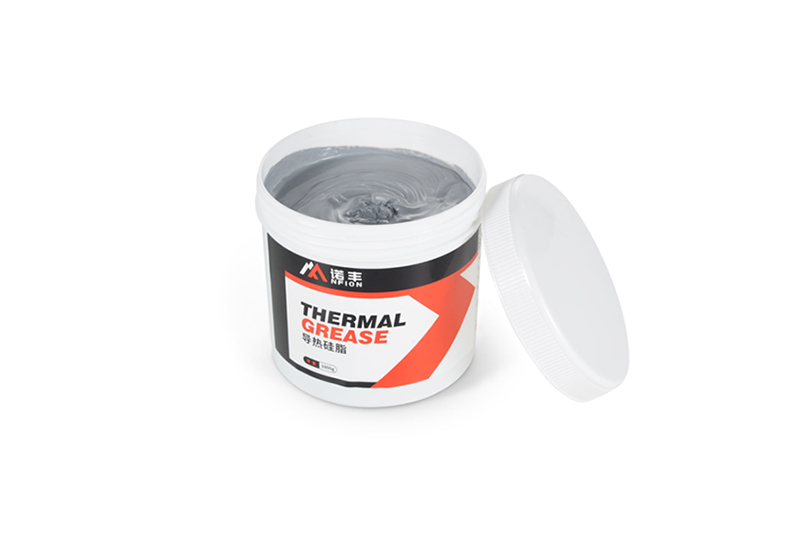
The Role of Thermal Grease in Thermal Management
Basic Properties of Thermal Grease
Thermal grease is a material commonly used for thermal management in electronic devices. It mainly consists of silicone oil and thermal fillers (such as alumina, magnesium oxide, etc.). Its primary function is to fill microscopic gaps between electronic components and heat sinks, reducing thermal resistance and thereby improving heat transfer efficiency. Due to its excellent thermal conductivity and flexibility, thermal grease is widely applied in thermal management for various electronic components, particularly for heat-sensitive semiconductor devices.
Application of Thermal Grease in High-Power SCRs
In high-power SCR applications, the role of thermal grease is especially significant. By applying thermal grease, the thermal resistance between the SCR and the heat sink can be effectively reduced, improving heat transfer efficiency and ensuring that heat is quickly transferred from the SCR to the heat sink, thus preventing the device from overheating. This effect is particularly notable in high-power, high-frequency applications.
Effects of Applying Thermal Grease
Studies have shown that applying thermal grease can significantly reduce the contact thermal resistance of SCRs, thereby enhancing overall thermal conduction performance. After the application of thermal grease, the thermal contact between the heat sink and SCR becomes more uniform, reducing air bubbles and micro-gaps, thus preventing an increase in thermal resistance.
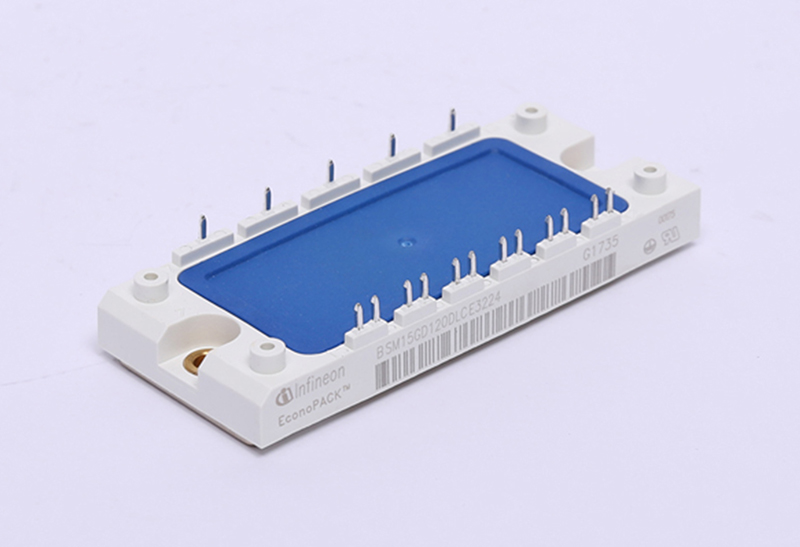
Is It Necessary to Apply Thermal Grease on High-Power SCRs?
Necessity of Applying Thermal Grease
Although thermal grease has clear advantages in thermal management, whether it is essential for every high-power SCR to apply it depends on the specific application scenario. Below are some situations where applying thermal grease is especially important:
● High-Power Applications: For high-power SCRs, particularly under heavy loads or frequent operation, heat accumulates rapidly. Applying thermal grease can effectively enhance heat transfer efficiency and prevent the device from overheating.
● High-Frequency Operation: In high-frequency environments, heat generation and dissipation happen more quickly. Therefore, applying thermal grease can significantly improve heat dissipation efficiency and lower the operating temperature.
● Long-Term Operation: If the SCR operates for long periods, applying thermal grease helps improve thermal management efficiency, extending its service life.
● Preventing Corrosion: Thermal grease has some anti-corrosion properties that can protect both the SCR and heat sink surfaces, preventing oxidation and corrosion.
● Protecting Components from Mechanical Stress: Due to its flexibility, thermal grease can absorb some of the stresses caused by temperature changes due to differences in thermal expansion coefficients, preventing physical damage to the SCR from temperature fluctuations.
Potential Objections and Rebuttals
Cost Concerns
Some might argue that applying thermal grease increases the cost, including material costs and labor costs for application. However, considering the value of high-power SCRs and the costs involved in replacing or repairing them if damaged, the extra cost of applying thermal grease is relatively minor. In the long run, it helps extend the SCR's lifespan and is, in fact, a cost-saving practice.
Reliability Concerns
Some people may worry that thermal grease may dry out, age, or face other issues over time, affecting heat dissipation performance and potentially causing harm to the SCR. In reality, the quality and stability of modern thermal grease products have greatly improved. Additionally, by selecting the appropriate thermal grease and applying and maintaining it correctly, these issues can be avoided. For example, regular inspection and replacement of thermal grease can ensure it retains its optimal thermal performance.
Alternative Solutions
Apart from thermal grease, there are other thermal management solutions available, such as thermal pads, thermal gels, thermal insulating sheets, heat sinks, and liquid cooling systems. These solutions can be chosen based on the specific requirements of the application. In certain situations, using high-efficiency heat sinks or liquid cooling systems may be more appropriate than relying solely on thermal grease.
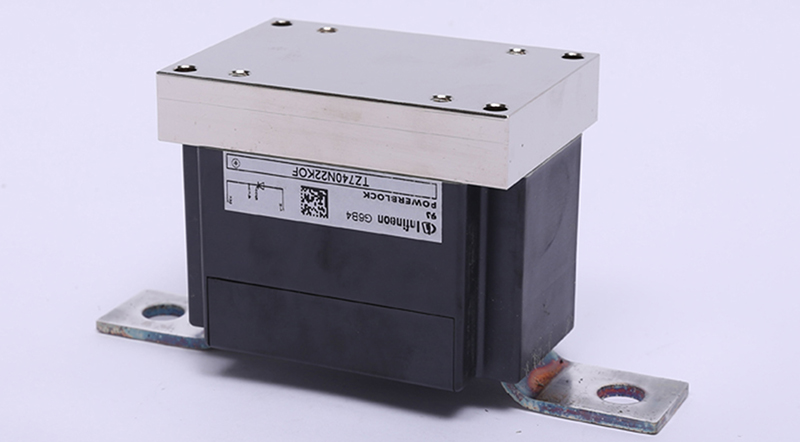
Conclusion
High-power SCRs, as high-power, high-temperature semiconductor devices, present significant thermal management challenges. Thermal grease has notable advantages in reducing thermal resistance and improving heat transfer efficiency, especially in high-power and long-term operation scenarios. However, whether thermal grease is needed depends on the specific operating environment and requirements. Overall, proper thermal management not only improves the operational efficiency of high-power SCRs but also extends their lifespan, ensuring stable operation.
Through a detailed analysis of thermal grease usage, we can conclude that for high-power SCRs, applying thermal grease is an effective means of enhancing thermal management efficiency and ensuring safe operation, particularly in high-power load and frequent operational conditions.




 CN >
CN >
